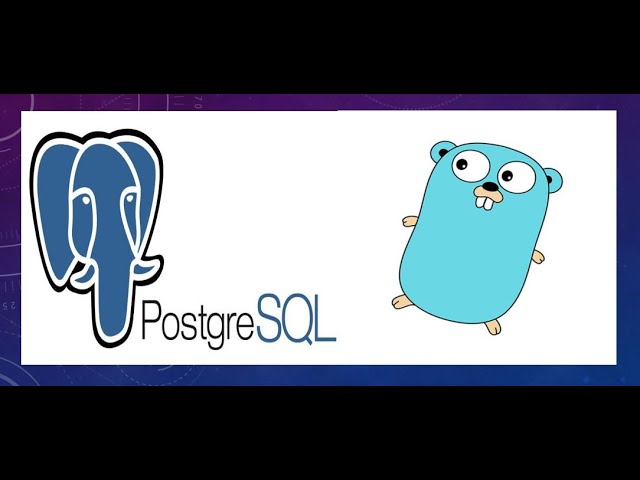You can use the PostgreSQL package to create a database management environment for your Golang application. You can also use this package to connect to the database and construct a connection string. You will also learn how to analyze the network overhead of PostgreSQL. Moreover, you will learn how to use a PostgreSQL makefile to create a successful connection to your database.
Create robust database management environment in a golang app using a makefile
Building large codebases is a tedious, error-prone, and repetitive process. Using a makefile in Golang can be a great solution, but it still requires many commands, and most projects need to install dependencies before building their binary. Some also need to run tests and use code quality tools.
Analyze PostgreSQL network overhead
One of the most popular open source databases is PostgreSQL. This highly scalable, robust, and reliable database is used in applications across multiple domains. It has a high performance I/O, and can scale to millions and billions of transactions per day. It also works on a variety of hardware platforms, including the cloud.
In order to analyze the network overhead for PostgreSQL queries, it is helpful to know how much time each node spends in execution. This will help you focus on the nodes that are costing you the most money. The node with the highest time is highlighted with a red background, which is an indicator of bad estimates. You can also click on a node to hide everything underneath it, so you can focus on the important parts of the execution plan.
Several different parameters affect the amount of network overhead for PostgreSQL. The first parameter, “smem,” represents the total memory a process is using, as well as the proportion of shared memory (such as the kernel cache and shared libraries).
Create a successful connection to a PostgreSQL server
One of the first things you will want to do if you are using a PostgreSQL database is to learn how to connect to it. This is a complex process that requires coordination between the database client and the server. You will need to provide authentication information to the PostgreSQL server before you can access the database. The most common way to interact with the database is by using the native psql command line client.
The PostgreSQL package is available in the Golang language. It allows you to connect to the database and construct a connection string. The PostgreSQL package is a must-have if you are using Golang as your programming language.
PostgreSQL provides a lot of features that make it useful for building applications, fault-tolerant environments, and managing data. It is free and open source, and highly extensible. This allows you to define your own data types, write custom functions, and use code from other programming languages without having to recompile the database.
Import the database/sql package
In order to use PostgreSQL in Golang, you must first import the database/sql package. This package allows you to interact with the database in an idiomatic way. It also provides connection pooling, which enables you to reuse the same connection object.
One of the most common tasks for a developer building software in Go is to connect to a PostgreSQL database. Fortunately, Go’s database package allows you to do just that. First, be sure to set up a database with the correct name and password. If you don’t know the right password, leave it blank.
PostgreSQL is a relational database that stores data in rows and columns. SQL language is used to query these databases. PostgreSQL is one of the most widely used database engines today. In addition to PostgreSQL, Google’s Golang language also provides powerful ORM tools, known as GORM. GORM allows you to access PostgreSQL databases, which makes it a great choice for Go-based projects.

